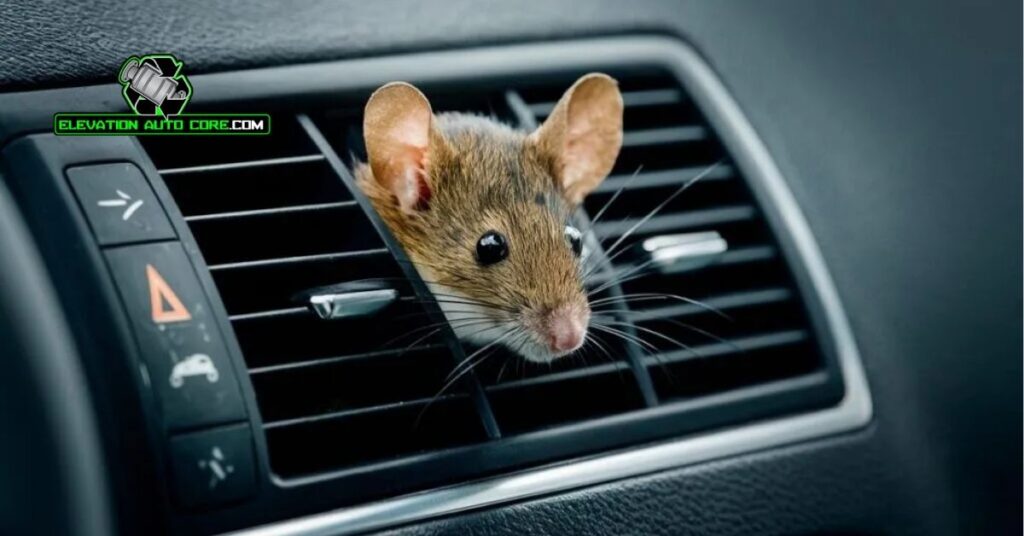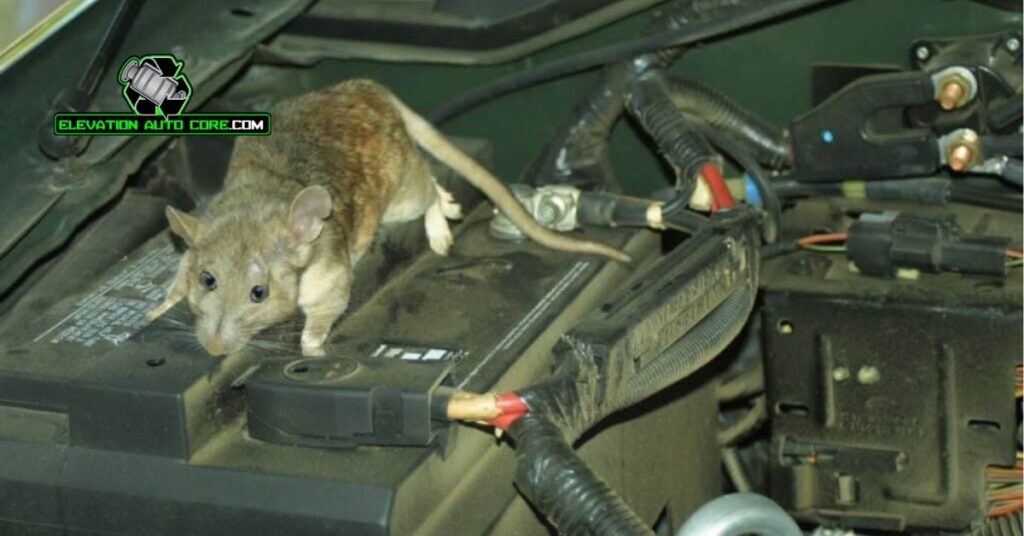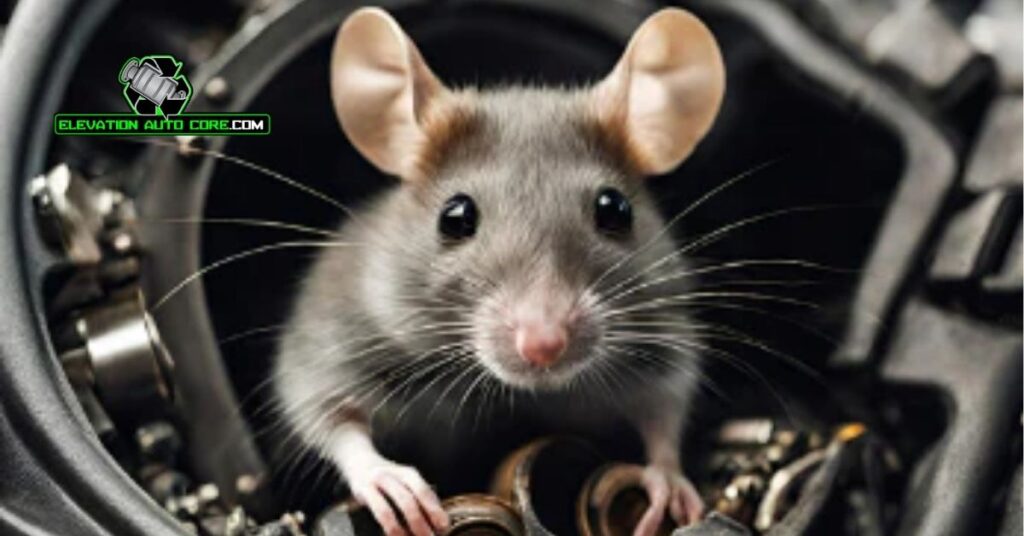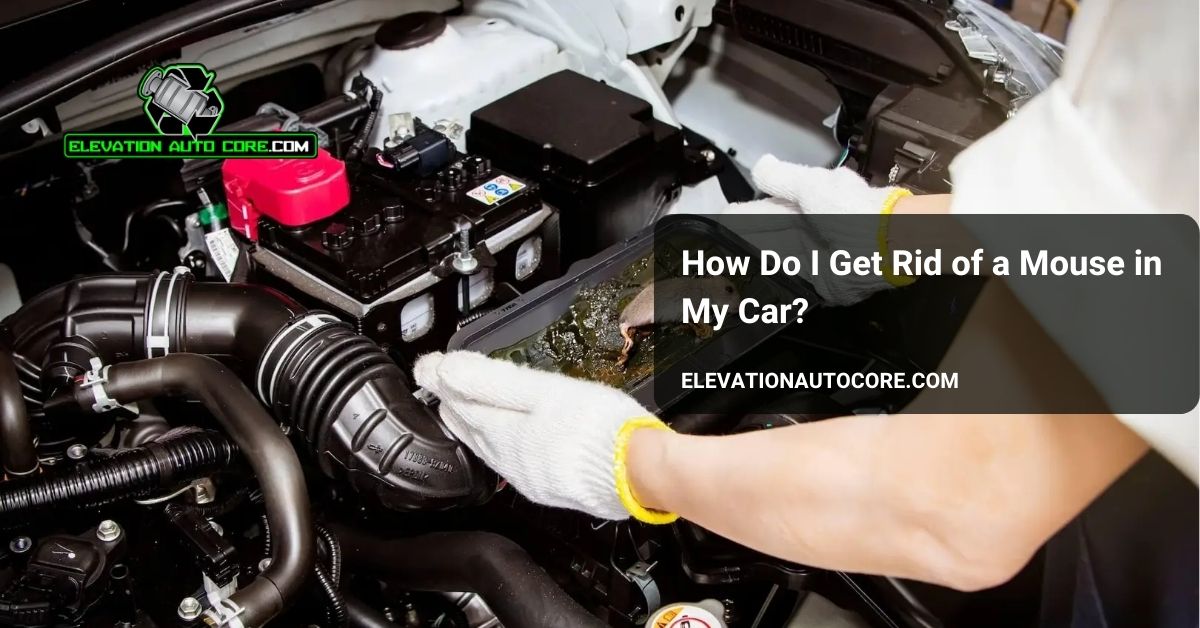How do you get rid of a mouse in your car before it causes serious damage? These tiny intruders can chew through wires, leave behind droppings, and create a health hazard. Don’t let a pesky rodent ruin your vehicle—keep reading for effective tips to reclaim your car and prevent future infestations.
Identifying The Signs Of A Mouse Infestation

Mice hiding in your car often leave noticeable traces. Recognizing these signs at the earliest stages helps minimize potential damage.
Common Indicators Of Mouse Presence
Look for droppings near the glove compartment or under seats. These small, dark, pellet-like droppings are among the clearest signs. Check for bite marks on wires, seat fabric, or plastic components. Chewed materials indicate mice are nesting or foraging inside. Notice unusual, musty odors in your car, which often result from nesting material or urine. Hear scratching or scurrying noises when the vehicle is idle, especially in quieter environments. Detecting these sounds usually means mice are actively inside.
Areas To Inspect Inside Your Car
Examine the engine compartment thoroughly. Mice often crawl under the hood and build nests using insulation or leaves. Inspect gaps around the pedals and under the dashboard for signs of activity. These areas provide quiet, concealed spaces perfect for hiding. Check the air filter housing, as mice frequently choose this location for nest-building. Review trunk spaces, particularly if unused items, blankets, or clothes are stored there. Ensure that you check under floor mats and inside storage compartments for additional droppings or gnawed materials. Identifying potential hiding spots is essential for complete inspection.
Causes Of Mice Entering Cars

Mice often find cars appealing due to the shelter, warmth, and food remnants they provide. Identifying why mice enter and how they get in helps in preventing potential infestations.
Why Mice Are Attracted To Vehicles
Vehicles left idle for long periods often attract mice seeking undisturbed shelter. The warmth from engines creates a cozy space, especially during colder months. Food crumbs or trash inside cars become an easy source of nutrition. Nesting materials like upholstery and wiring also make vehicles attractive environments for rodents.
Common Entry Points For Mice
Unsealed gaps in the car body, including wheel arches, provide easy access. Damaged or loose weatherstripping around windows and doors serves as another common entry route. Mice can also squeeze through air vents or small openings in the engine bay. The space where wiring or hoses pass into the vehicle is another vulnerable area rodents exploit.
Strategies To Get Rid Of A Mouse In Your Car

Eliminating mice from your car involves exact steps to address the problem effectively. Focus on cleaning, using traps, and exploring natural methods to ensure a thorough approach.
Cleaning And Removing Food Sources
Proper cleaning reduces the chances of mice staying in your car. Start by vacuuming the seats, floor mats, and underseat areas to remove crumbs and debris. Dispose of any trash, particularly food wrappers, to eliminate potential attractants. Inspect storage compartments like the glove box, console areas, and trunk for hidden snacks or crumbs. Use a disinfectant on surfaces to clean mouse droppings while protecting against pathogens. Empty vehicles or infrequently used cars require extra attention, as neglected spaces are ideal for mice.
Using Traps And Deterrents
Traps help capture mice already inside your car. Place snap traps or glue traps in areas like the footwells, beneath seats, and near the trunk. Opt for peanut butter or small bits of cheese as bait for better success. Electronic repellents or ultrasonic devices provide an alternative for ongoing deterrence, creating an unfavorable environment for mice. Set traps safely, avoiding areas where children or pets may come into contact.
Natural Remedies For Mouse Removal
Some natural answers effectively repel mice from your car. Peppermint oil, soaked on cotton balls, works well when placed near entry points and suspected hiding spots. You can scatter cloves or use cedarwood blocks to create a scent that mice dislike. Placing fabric pouches of dried lavender near nesting zones further discourages infestations. Keep windows and air vents closed tightly to prevent exterior odors from dissipating too quickly.
Preventing Future Infestations

Keeping your car mouse-free requires proactive measures to block access, maintain cleanliness, and deter rodents.
Sealing Entry Points
Identify gaps in your car’s structure where mice can enter. Common areas include air vents, damaged weatherstripping, and spaces around wiring or hoses. Apply silicone sealant or steel wool to close these gaps securely. Inspect the underside of your vehicle, paying extra attention to areas near the engine or pedals, to locate additional openings. Ensure that all vehicle doors, trunks, and hoods close tightly without leaving spaces.
Routine Cleaning And Maintenance
Eliminate food remnants and debris by vacuuming your car’s interior weekly. Focus on seats, floor mats, and hard-to-reach crevices where crumbs accumulate. Remove trash, such as wrappers or food containers, from the cabin and trunk. Regularly clean the engine compartment to avoid rodent-attracting grease or leaves. Schedule a detailed inspection to ensure no nesting materials are present, especially if your car stays idle for extended periods.
Using Repellents And Preventive Measures
Place natural deterrents in your car, like peppermint oil-soaked cotton balls, cloves, or dried lavender, to create an unpleasant environment for mice. Use commercial mouse repellents or ultrasonic devices as an additional safeguard. Avoid parking in secluded areas surrounded by vegetation, as these increase rodent risks. Store your vehicle in a garage whenever possible, and ensure it’s free of clutter or potential hiding spots.
Conclusion
Getting rid of mice in your car requires a proactive approach to protect both your vehicle and your health. By addressing the root causes of infestations and staying vigilant with cleaning and maintenance, you can minimize the chances of rodents making your car their home.
Take the time to inspect your vehicle regularly, seal potential entry points, and use effective deterrents to keep mice at bay. With consistent effort, you’ll ensure your car remains a safe, rodent-free space.

